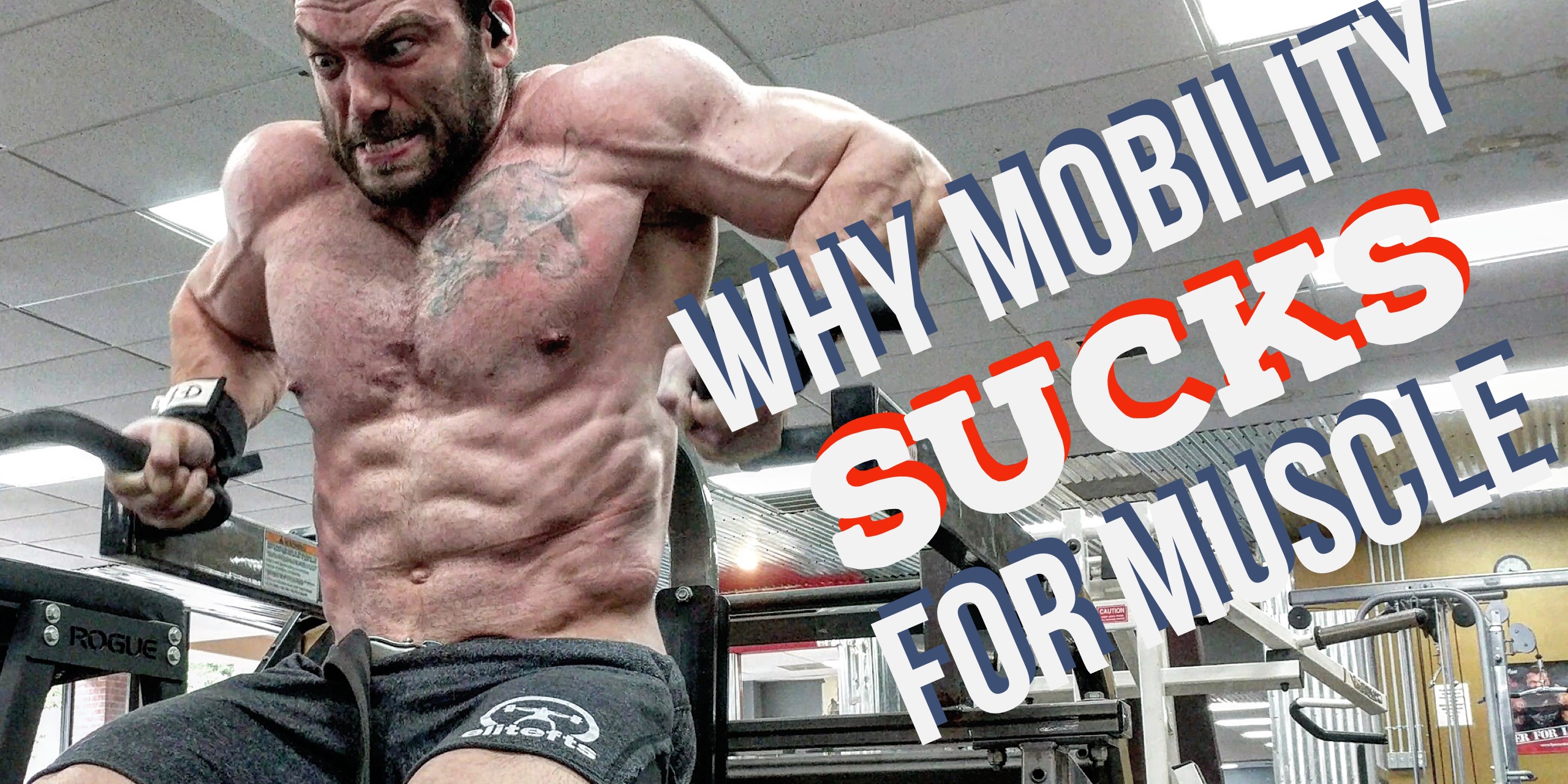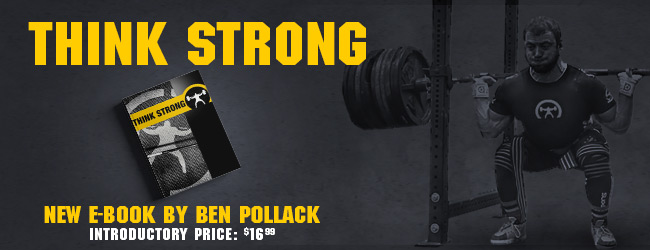
This is part two of a three-part series on why mobility sucks. Now, mobility doesn’t actually suck -- it’s just often over-emphasized, especially by beginner and intermediate lifters. You should absolutely work on your mobility, and keeping your soft tissue healthy, but most people will be better off prioritizing movement quality (MQ) over mobility. For more, check out part 1 here!
In part one, I mentioned how, for bodybuilders, MQ refers to your ability to activate the muscles you’re targeting, even on heavy compound lifts. In this part, I’m going to go into a little more detail about that: specifically, what high-quality movement should feel like, and what you can do to improve your MQ if it’s lacking.
Of course, it's also important to make sure you're doing the right movements, so before we go any further, make sure to check out this video:
But assuming you're doing the right movements, how do you know you're doing them in the right way?
High Quality Movement
In part one, I mentioned how the mind-muscle connection is an important part of good MQ for bodybuilding -- but it’s only part of the puzzle. I don’t know of a standard definition of mind-muscle connection, but I use the term to refer to your ability to activate muscles at will (the ability to bounce your pecs is a great example). That’s built over time, and I’ll address it more in the next section.
Very high-quality movement, however, requires that you be able to maintain that mind muscle connection, and maintain tightness, and maintain good positioning, all over a full range of motion.
Tightness
Tightness is interesting because it’s important to both powerlifting and bodybuilding, and it’s both a skill and an indicator of strength. Beginners often struggle with staying tight because they’re simply not strong enough to do so, and even if they were, they often don’t know what tightness should feel like in a specific context.
For the first problem (not strong enough), you’ve just got to put in the time on a sound progressive-resistance training program.
For the second problem, you need to practice staying tight, starting with very light weights. This is part of why you’ll hear many powerlifters recommend that you treat every warmup like a max-effort lift: in addition to practicing technique and aggression, you’re practicing tightness. For bodybuilding purposes, it’s often easier to start with isolation exercises. Try this:
- Grab a very light weight (5 pounds is good) and do a curl. At the top, squeeze your biceps as hard as you possibly can.
- Have a friend slowly and carefully pull your arms downward to the starting position of the curl while you try to keep squeezing your biceps as hard as you can.
That controlled stretching feeling you feel on the forced eccentric is tightness. That’s what you’re going for on all of your bodybuilding movements (unless you’re incorporating some type of overload or explosive training style).
Range of motion
It’s not enough just to be able to stay tight. You need to stay tight through a full range of motion. This is actually very difficult, because we tend to cheat ourselves and only perform the easier parts of the range of motion. Everybody’s familiar with quarter squats, but most lifters will “quarter squat” their lat pulldowns, dumbbell presses, and many other movements. I had an incredibly difficult time learning to activate my lower lats on pulldowns and rows, because I was so used to just using my upper lats to initiative the movement and finishing with my biceps.
Positioning
If you’re struggling with keeping tight throughout a full range of motion, it may be because you’re not in a good position to do so. In my lat pulldown example above, I was trying to keep my torso almost vertical, instead of leaning back slightly and arching my chest up so that I could pull down to my upper abs. Here’s another example: if you’re doing an incline press, you might have the tendency to bring the bar low on your chest and really tuck your triceps, especially if you’re a powerlifter. To really target your pecs, though, you need to flare your elbows out and bring the bar closer to your clavicle. Vince Gironda, a master trainer in the early years of bodybuilding, was well known for insisting that lifters use perfect positioning on all their movements.
How to Improve
Okay, so your MQ isn’t all that great. That’s fine, as long as you commit to improving it. You’ll only be stronger for the effort! On the other hand, if you ignore MQ in favor of ego, I guarantee you’ll be holding yourself back in the long run.
Here’s how to improve:
- Get stronger. Progressive resistance is crucial for gaining both muscle and strength, and the stronger you are, the better you’ll be able to maintain tightness on all of your exercises. Getting stronger is easy: just follow a good powerbuilding program and pair it with sound nutrition and plenty of rest.
- Work your mind-muscle connection. For the most part, the stronger you are, the better your mind-muscle connection will be, but you can get a head start by training specifically to build that connection. I love to train the mind-muscle connection using super-high-rep sets of isolation exercises. It’s easy: first, find a movement that allows you to easily feel the target muscle working. Then, train that movement for sets of 100 reps using a very light weight. At first, you’ll want to do this at the end of your workouts, since sets of 100 are obviously exhausting.
- Soft-tissue work. I mentioned above that poor positioning can keep you from maintaining tightness through a full range of motion. Well, tight tissue can keep from correcting that poor positioning. It’s a bit hypocritical to mention mobility work in an article about why mobility sucks, but again, mobility is important. If tightness in your traps keeps you from activating your lats properly, go grab a lacrosse ball and mash those suckers, or -- even better -- see a professional massage therapist, like Tammy from Kinetix Body Science in Austin, who has experience with strength athletes and can help you regain the mobility you need to have good MQ.
Ultimately, MQ is an absolutely crucial component of your long-term success, and it can be developed much more quickly than can strength or muscle. So assess yourself honestly, and, if you’re lacking in any of these areas, put in the time and effort necessary to get better. You’ve got no excuses.









